Car accident insurance plays a crucial role in protecting yourself and your vehicle on the road. This guide will walk you through everything you need about car accident insurance, from its types and how it works to tips on reducing your premiums and common misconceptions.
Introduction to Car Accident Insurance
What is Car Accident Insurance?
Car accident insurance is a policy designed to provide financial protection in an accident. It helps cover vehicle repairs, medical expenses, and liability claims. If you’re involved in an accident, car accident insurance ensures you’re not left with a hefty bill for damages or injuries.
Importance of Car Accident Insurance
Having adequate car accident insurance is vital for peace of mind. It safeguards you against unexpected financial burdens and legal issues from car accidents. Without it, you could face significant out-of-pocket expenses or even legal consequences if found at fault.
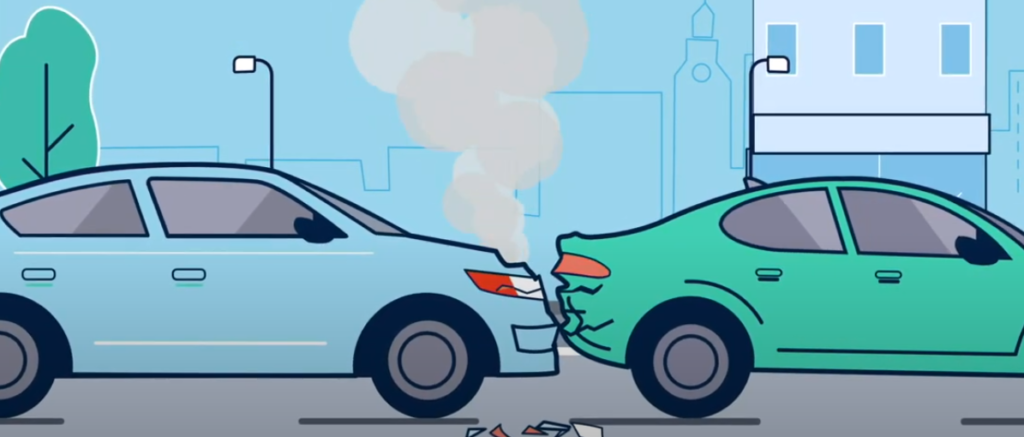
Types of Car Accident Insurance
Liability Insurance
Liability insurance covers damages and injuries you cause to others in an accident. It typically includes property damage liability and bodily injury liability. This type of car accident insurance is mandatory in most states to ensure that drivers can cover the costs of any damage they cause.
Collision Insurance
Collision insurance helps pay for repairs to your vehicle after an accident, regardless of who is at fault. This type of car accident insurance is beneficial to ensure your vehicle is repaired after a collision.
Comprehensive Insurance
Comprehensive insurance covers damages to your car that aren’t caused by a collision. This includes theft, vandalism, and natural disasters. For those who want complete protection, comprehensive insurance is essential to their car accident insurance policy.
Personal Injury Protection (PIP)
Personal Injury Protection (PIP) covers medical expenses for you and your passengers, regardless of fault. It also may cover lost wages and other related costs. PIP is beneficial to ensure that medical expenses are covered after a car accident.
Uninsured/Underinsured Motorist Coverage
This type of car accident insurance protects you if you’re involved in an accident with someone without insurance or insufficient coverage. It ensures you’re not left paying for damages out of your pocket if the at-fault driver needs adequate insurance.
Table of Contents
How Car Accident Insurance Works
Filing a Claim After an Accident
To file a claim with your car accident insurance, you must provide details about the accident, including a police report, photos of the damage, and witness statements, if available. The insurance company will then assess the claim and determine the compensation based on your policy coverage.
The Role of Deductibles
A deductible is the out-of-pocket amount before car accident insurance coverage kicks in. Higher deductibles generally lead to lower premiums, but they also mean you’ll need to spend more upfront in the event of a claim. It’s essential to choose a deductible that aligns with your financial situation.
Understanding Coverage Limits
Coverage limits refer to the maximum amount your car accident insurance will pay for a claim. Understanding your coverage limits helps ensure sufficient protection and can prevent unexpected expenses. Review your policy regularly to make sure your coverage meets your needs.
Factors Affecting Car Accident Insurance Premiums
Driving Record
Your driving record is a significant factor in determining your car accident insurance premium. A history of accidents or traffic violations can lead to higher rates. Maintaining a clean driving record is essential for keeping your insurance costs down.
Vehicle Type and Value
The type and value of your vehicle also impact your insurance premiums. More expensive or high-performance vehicles typically cost more to insure. Consider how it might affect your car accident insurance rates when choosing a car.

Location and Usage
Where you live and how you use your vehicle can influence your insurance premiums. Areas with high traffic or crime rates can lead to higher costs. Additionally, using your car for business may increase your insurance rates compared to personal use.
Age and Experience of the Driver
Younger and less experienced drivers often face higher insurance premiums due to the increased risk of accidents. Your premiums may decrease as you gain more driving experience and reach a mature age. Insurers view experienced drivers as less risky, which can lead to lower costs.
Tips for Reducing Car Accident Insurance Costs
Bundling Policies
One effective way to reduce car accident insurance costs is to bundle it with other types of insurance, such as homeowners or renters insurance. Many insurers offer discounts for bundling multiple policies.
Maintaining a Clean Driving Record
A clean driving record demonstrates to insurers that you’re a responsible driver, which can result in lower premiums. Avoiding accidents and traffic violations helps keep your insurance costs in check.
Choosing Higher Deductibles
Opting for a higher deductible can lower your premium costs. However, be sure you can afford the higher deductible if you need to make a claim. Balancing deductible amounts with your financial capacity is critical to effective insurance management.
Taking Advantage of Discounts
Insurance companies often offer various discounts that can help reduce your premiums. These may include discounts for safe driving, low mileage, or having safety features in your vehicle. Check with your insurer to see what discounts you may qualify for.
Common Misconceptions About Car Accident Insurance
“My Insurance Will Cover Everything”
While car accident insurance provides valuable protection, it doesn’t cover every possible scenario. Understanding your policy’s limitations and exclusions is crucial. For example, certain damages or situations may not be covered, so always review your policy details.
“I Don’t Need Insurance if I Have a Good Driving Record”
Even with an excellent driving record, car accident insurance is still essential. Accidents can happen to anyone, and insurance ensures you’re financially protected regardless of your driving history.
“All Insurance Policies Are the Same”
Not all car accident insurance policies are created equal. Coverage options, limits, and costs can vary significantly between insurers. It’s essential to compare different policies and understand what each offers to ensure you have the right coverage.
Legal and Regulatory Aspects
State Requirements for Car Insurance
Each state has its requirements for car insurance coverage. Understanding the minimum coverage required in your state helps ensure that you comply with legal requirements and avoid potential fines or legal issues.
Understanding Coverage Limits and Legal Minimums
Coverage limits represent the maximum amount your insurance will pay for a claim, and legal minimums are the minimum coverage required by state law. Knowing both is essential to ensure adequate protection and meet legal obligations.
What to Do if You’re Underinsured
If you are underinsured, consider updating your policy to increase coverage limits. Being underinsured can leave you financially vulnerable in a severe accident. Regularly reviewing and adjusting your coverage is essential for adequate protection.
How to Choose the Right Car Accident Insurance Policy
Evaluating Your Coverage Needs
Assessing your individual needs helps determine the type and amount of coverage required. Consider factors such as your driving habits, vehicle value, and financial situation to choose a policy that provides adequate protection.
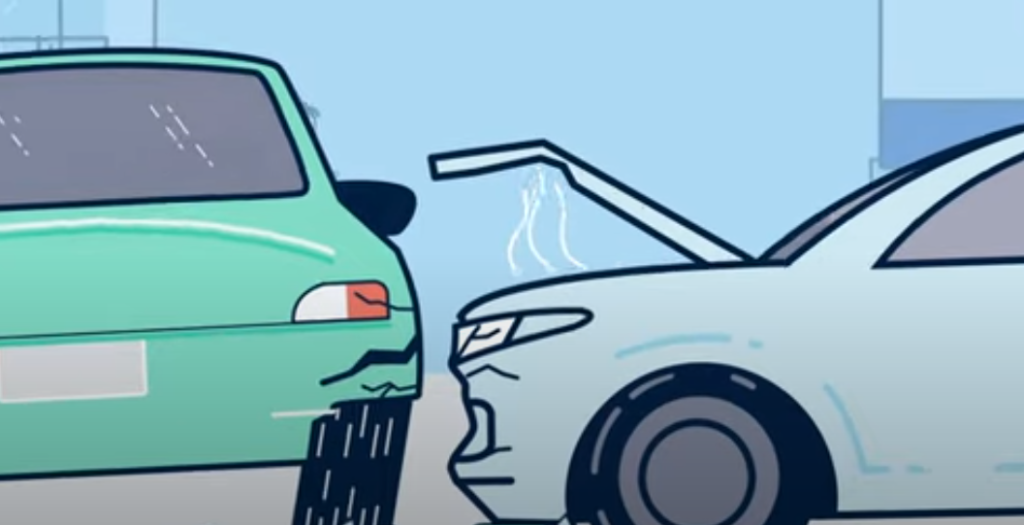
Comparing Insurance Providers
When selecting a car accident insurance provider, compare different companies and their offerings. Look at customer reviews, coverage options, and premiums to find an insurer that meets your needs and budget.
Reading the Fine Print
Always read the fine print of your car accident insurance policy. Understanding the terms and conditions, including exclusions and coverage limits, helps prevent surprises when making a claim.
Benefits of Car Accident Insurance
Car accident insurance is more than just a legal requirement; it’s a crucial financial safeguard that offers numerous benefits. Whether you’re a new driver or have years of experience, understanding the advantages of having car accident insurance can help you appreciate its value. Here’s a closer look at why car accident insurance is essential and how it benefits you.
- Financial Protection Against Damages
One of the primary benefits of car accident insurance is the financial protection it provides. Accidents can result in significant costs for vehicle repairs, medical treatments, and other related expenses. With car accident insurance, you’re shielded from bearing the entire financial burden yourself. Whether repairing your vehicle or covering the cost of damage to someone else’s property, insurance ensures you won’t face these expenses alone.
- Coverage for Medical Expenses
Car accidents can lead to unexpected medical costs for you, your passengers, and other drivers involved. Personal Injury Protection (PIP) and medical payments coverage within car accident insurance policies help cover these expenses, regardless of who is at fault. This includes hospital visits, emergency treatments, and ongoing medical care. Having adequate coverage protects you from high out-of-pocket medical costs following an accident.
- Liability Coverage for Legal Protection
If you’re found at fault in an accident, liability coverage within your car accident insurance protects you from financial claims made by other parties. This includes compensation for property damage and bodily injuries sustained by others. Liability coverage helps shield you from potential legal actions and ensures you can meet your financial obligations without depleting your savings.
- Protection Against Uninsured or Underinsured Drivers
Unfortunately, not all drivers have adequate insurance coverage. If you’re involved in an accident with an uninsured or underinsured motorist, your car accident insurance with Uninsured/Underinsured Motorist Coverage (UM/UIM) will step in to cover your damages. This protection ensures you can cover these costs, even if the at-fault driver needs more insurance.
- Peace of Mind
Car accident insurance provides peace of mind, knowing you’re protected in an unexpected accident. This sense of security allows you to drive confidently, knowing that you have financial backing should something go wrong. Whether it’s a minor fender-bender or a major collision, knowing you’re covered helps reduce stress and anxiety.
- Coverage for Vehicle Replacement
If your vehicle is totaled in an accident, car accident insurance can help with the cost of replacing it. Comprehensive and collision coverage within your policy ensures you’re not left without transportation or facing significant costs to purchase a new vehicle. This benefit is precious if you have a newer or high-value car.
- Legal Compliance
Most states require drivers to carry a minimum level of car accident insurance. Having the needed coverage helps you comply with state laws and avoids potential fines and legal repercussions. By maintaining adequate insurance, you ensure that you meet legal requirements and are protected against penalties for being underinsured.
- Enhanced Financial Planning
Car accident insurance contributes to better financial planning by mitigating the potential impact of unexpected expenses. By incorporating insurance into your overall budget, you spread the risk and manage costs more effectively. This financial strategy helps you avoid unforeseen significant expenditures and maintain economic stability.
- Support During the Claims Process
When an accident occurs, the claims process can be complex and time-consuming. Car accident insurance provides support through this process, helping you navigate paperwork, communicate with adjusters, and understand your policy coverage. This assistance simplifies the experience and ensures you receive the benefits you’re entitled to.
- Discounts and Savings Opportunities
Many insurance providers offer discounts and savings opportunities for safe driving, bundling policies, or installing safety features in your vehicle. Taking advantage of these options can lower your premiums and make car accident insurance more affordable. Regularly reviewing and adjusting your policy helps you maximize these savings.
Dealing with Insurance Companies After an Accident
Documenting Your Accident
Proper documentation is crucial when dealing with insurance companies. Collect photos, witness statements, and police reports to support your claim. Comprehensive documentation helps ensure that your claim is processed smoothly and fairly.
Communicating Effectively with Adjusters
When interacting with insurance adjusters, provide clear and accurate information about the accident. Effective communication helps expedite the claims process and increases the likelihood of a favorable outcome.
Resolving Disputes and Denied Claims
If your claim is denied or disputed, review the reasons provided and gather additional evidence if necessary. You may need to appeal the decision or negotiate with the insurer to resolve it. Understanding your rights and options is crucial in these situations.
The Impact of Car Accident Insurance on Your Financial Health
Short-Term vs. Long-Term Costs
Car accident insurance affects both short-term and long-term financial health. While it involves ongoing premium payments, it also helps mitigate the economic impact of accidents, which can be substantial. Balancing immediate costs with long-term protection is critical to managing your finances effectively.
Managing Out-of-Pocket Expenses
Even with insurance, you may incur out-of-pocket expenses such as deductibles or non-covered damages. Budgeting for these potential costs helps ensure you’re prepared for any financial responsibilities arising from an accident.
Planning for Future Premium Increases
Insurance premiums can increase over time due to various factors, such as claims history or changes in risk. Planning for these potential increases helps you manage your budget and avoid financial strain.
Innovations and Trends in Car Accident Insurance
Usage-Based Insurance Programs
Usage-based insurance programs use telematics to monitor driving behavior and offer personalized rates based on how you drive. These programs can lower premiums for safe drivers and provide insights into driving habits.
The Role of Technology and Telematics
Technology and telematics are transforming car accident insurance by providing real-time data on driving patterns and vehicle performance. This information helps insurers tailor policies and offer more accurate rates based on individual driving behavior.
Emerging Coverage Options
New coverage options are continually emerging in the car accident insurance industry. Stay informed about innovations like rental car coverage, gap insurance, and more to ensure your policy meets evolving needs.
Frequently Asked Questions (FAQs)
What should I do immediately after a car accident?
After a car accident:
- Ensure safety.
- Call emergency services.
- Exchange information with other parties involved.
- Document the scene.
- Report the accident to your insurance company.
How long do I have to file a claim?
The timeframe for filing a claim varies by state and insurer. You should report an accident to your insurance company as soon as possible. Check your policy for specific deadlines.
Can I change my coverage after an accident?
Yes, you can update your car accident insurance coverage after an accident. Review your policy and discuss changes with your insurance provider to ensure you have the appropriate coverage for future needs.
Conclusion
Recap of Key Points
Car accident insurance protects yourself and your vehicle from financial and legal repercussions. Understanding the different types of coverage, factors affecting premiums, and tips for managing costs can help you make informed decisions and ensure adequate protection.
Final Thoughts on Choosing and Managing Car Accident Insurance
Choosing the right car accident insurance policy involves evaluating your needs, comparing providers, and understanding policy details. Regularly reviewing and adjusting your coverage helps maintain optimal protection and financial security. By staying informed and proactive, you can confidently navigate the complexities of car accident insurance and safeguard your future on the road.
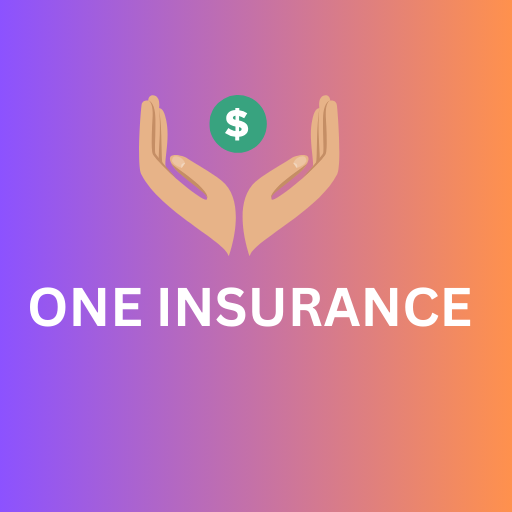
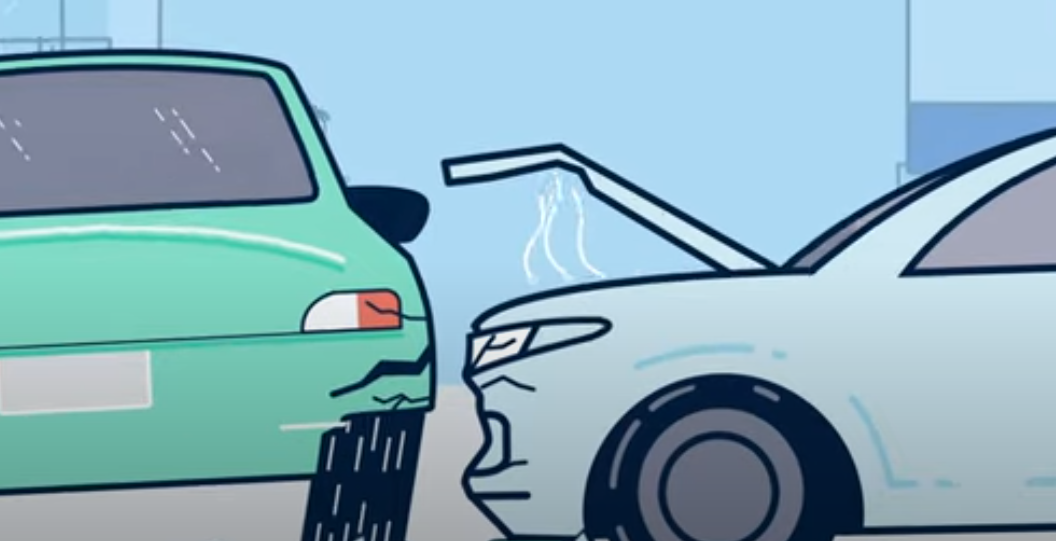



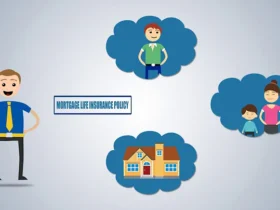


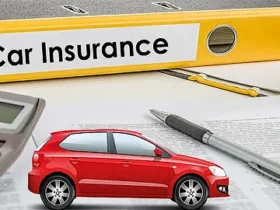
Leave a Reply